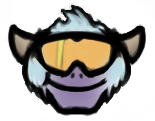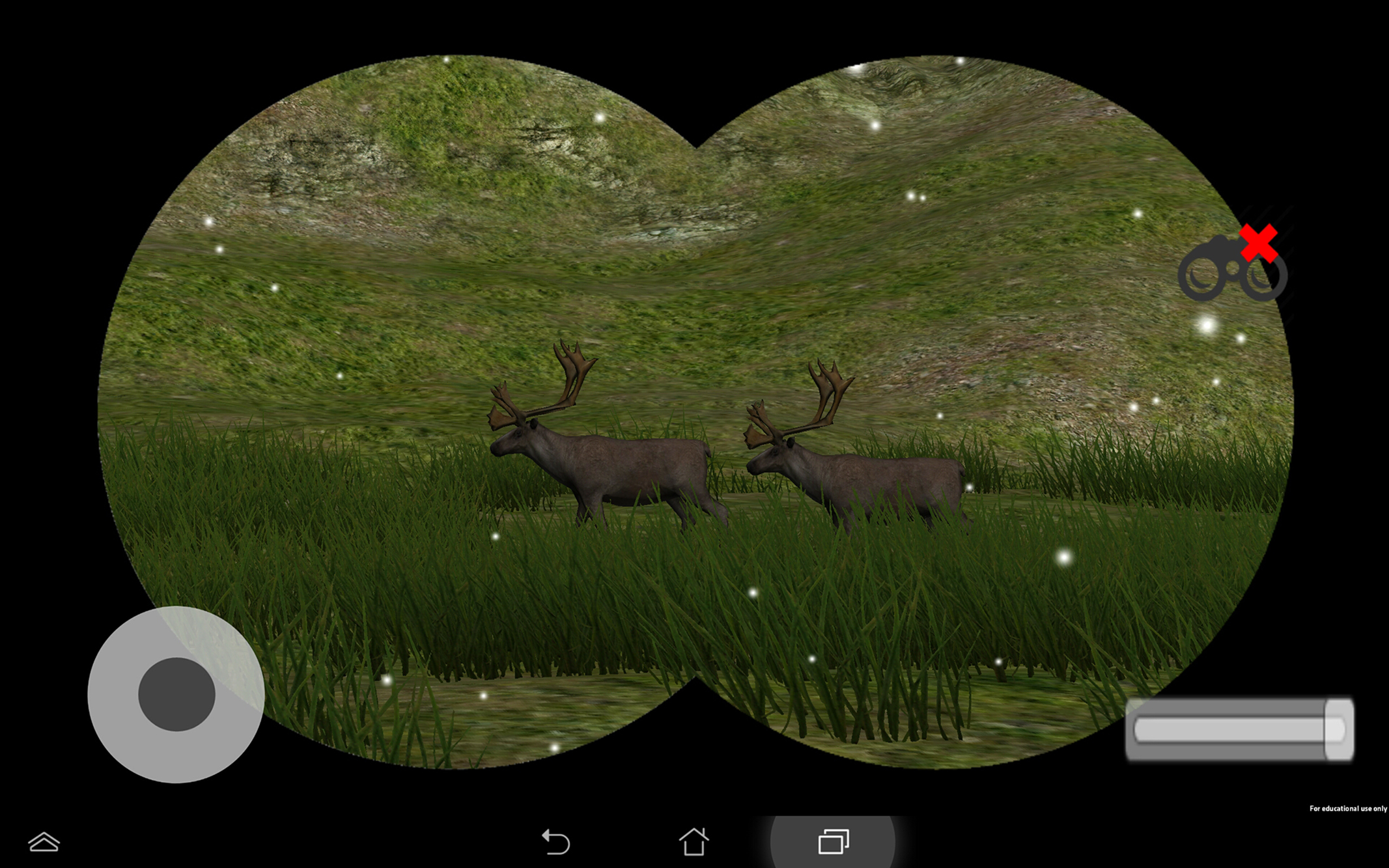This week the team went over the faculty feedback from quarters walkarounds, gleaned some key takeaways, and focused in on the goals and implementation of a testable prototype for our first organized playtest next Friday. We have spoke with our client, and are set to make a trip next Friday and put what we have been developing in the hands of our end users, the students of Mountainview Elementary.
After going over our notes from the faculty, we found some major points stood out:
- We should be aware of the interplay of realistic and non-realistic elements in our game as we proceed. While some faculty found we struck a nice balance, it was a noted question about how we would handle the animals’ (especially dangerous ones like the polar bear) reactions to the player character. As a team we decided to implement some more detailed animal behaviour, and handle proximity to aggressive, dangerous animals through a special case in gameplay.
- How are we thinking the teachers will utilize our game in the classroom?
- We were able to get some insight into ways the teachers plan on using our game in the classroom in our initial visit to the client site, but it was not substantial enough to strongly inform our design. Since quarters we have reached out to the client with questions seeking more information, and the team is working to have more focused questions which we will ask teachers in person during our playtest.
- Can we utilize our interactions to induce learning by making active use of the information we seek to get across? Related to this, we could try design the population of the digital field journal to be an interactive process. The team rethought the population of the journal based on this feedback, and decided to let the user have binoculars that prompt the user with an option to log information about viewed animals.
Production
This week James assisted in coordinating communication and meetings with various faculty and guests including Don Rawitsch, a designer of the seminal educational game Oregon Trail. James also lent a hand to various other areas of the project. He used Unity’s particle system to create a nice snow effect which Ken then attached to the camera. He also began work on making convincing tundra vegetation with Unity’s system for plants.
Design
This week Christian worked with the team to process the instructor’s feedback from quarters, put together a design outline for the binoculars functionality, and worked with Xinghu to chart the database structure for user data. Towards the end of the week he began work on a detailed outline of the clue object system the team will implement in the prototype for our playtest next weekend.
Art
This week the art team continued moving forward with the creation and animation of our target Tundra animals. Eric spent the week finishing the arctic wolf model, and sculpting it’s normal map (including detailed fur!). He ended up completing it ahead of schedule, and plans to start on the arctic hare by the beginning of next week.
Shashank focused on recreating a new rig, as technical issues prevented the previous detailed rig from importing into Unity. He completed the new quardriped rig by the end of the week, and spent the remainder of the week investigating approaches for importing the rig into the game engine.
Programming
This week was productive for the programmers. Ken completed a prototype of virtual joystick control scheme, and implemented a prototype of the binoculars functionality that the team discussed at the beginning of the week.
Xinghu restructured the database based on input from design and a discussion held by the team. He then finished an implementation of a basic interface to expose information from a database he is currently hosting locally. Towards the end of the week he worked with Ken to begin interfacing the front end and back end components, and they were able to expose some of the data that was stored in game, via a stand-in for the digital field journal.
Next Week
The team is excited about the upcoming playtest, and plans to keep pushing forward to reach our goals for the prototype we will use. We aim to have one completed polished mission, two completed, animated animals which will move around the world and can be logged by the user (potentially a third as well), and the basic gameplay structures: two options for player movement, functional binoculars which display animal info with logging functionality, dynamic clue object generation, and basic animal behaviour.

